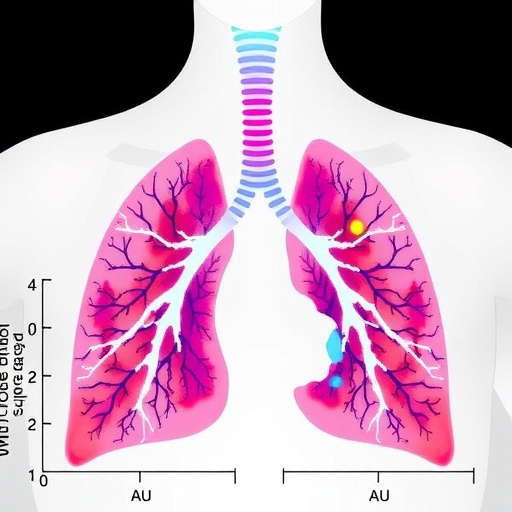Scientists from Queen Mary University of London (QMUL) have discovered mutations in genes that lead to childhood leukaemia of the acute lymphoblastic type – the most common childhood cancer in the world.
Queen Mary University of London
The study was conducted amongst children with Down’s syndrome – who are 20-50 times more prone to childhood leukaemias than other children – and involved analysing the DNA sequence of patients at different stages of leukaemia.
The researchers uncovered that two key genes (called RAS and JAK) can mutate to turn normal blood cells into cancer cells. However, these two genes never mutate together, as one seems to exclude the other. This discovery means we can begin to identify which of the two genes are mutated in patients, and therefore more effectively target their cancer in lower doses (reducing toxicity for the patient) with less side-effects.
This discovery is a significant step forward in understanding the biological mechanisms causing leukaemia and will bring scientists closer to developing individually-tailored treatment.
Currently, one in six children in the general population does not respond well to standard therapy for leukaemia, and/or suffers from relapses and toxic side-effects of therapy. These figures of poor response and toxicity are even bigger among children with Down’s syndrome.
The study was a collaboration between researchers at QMUL’s Blizard Institute, the Lee Kong Chian School of Medicine, Nanyang Technological University Singapore and Schools of Medicine of the Universities of Geneva and Padua, and is published in leading journal Nature Communications.
Dean Nizetic, Professor of Cellular and Molecular Biology at Queen Mary University of London, and Professor of Molecular Medicine at Lee Kong Chian School of Medicine, Singapore, comments: “We believe our findings are a breakthrough in understanding the underlying causes of leukaemia and eventually we hope to design more tailored and effective treatment for this cancer, with less toxic drugs and less side-effects. This could benefit all children affected by the disease and potentially even cut the number of side effect-related deaths.”
“Through our research we know people with Down’s syndrome show signs of accelerated ageing and have higher accumulation of DNA damage compared to age-matched general population. However, paradoxically, they seem to be protected from most common cancers in adult age. Also, some people with Down’s syndrome appear protected from other ageing-related diseases, such as dementia, atherosclerosis and diabetes. Therefore, studying cells from people with Down’s syndrome could provide important clues in understanding the mechanisms of ageing, Alzheimer’s, cancer, atherosclerosis, diabetes, and a number of other common conditions. Further research is needed in this important area.”
Story Source:
The above story is based on materials provided by Queen Mary University of London.





